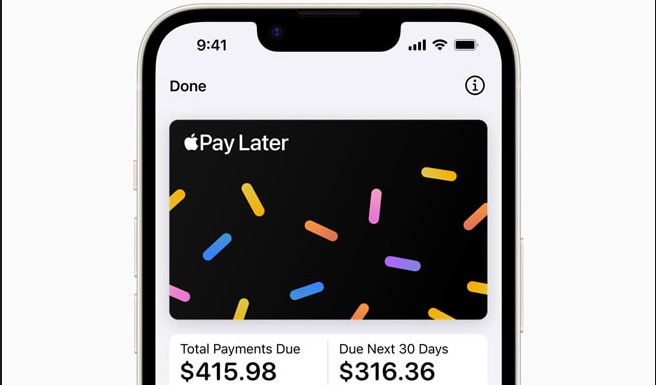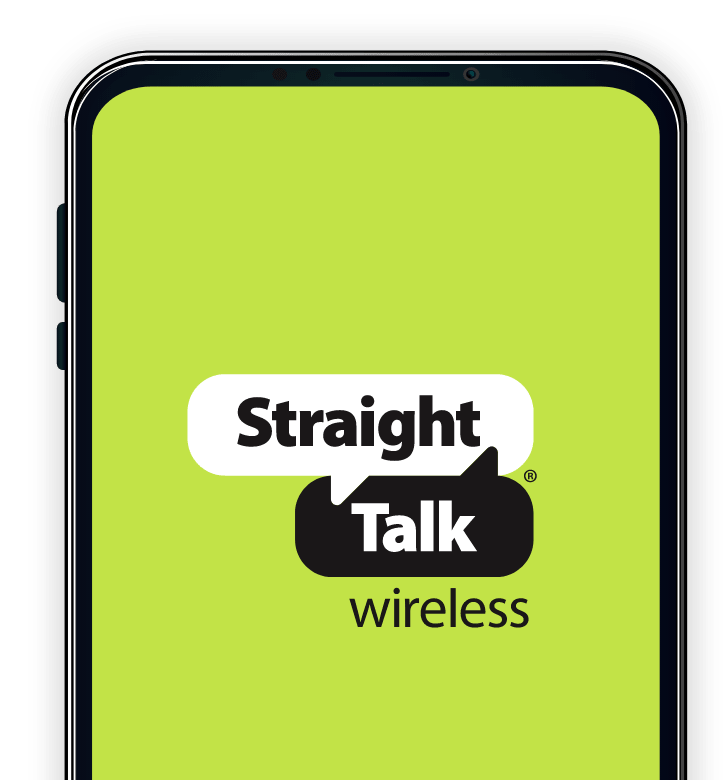Samsung recently revealed a range of new Galaxy Phones for the year 2020. Among those to steal the show were the Galaxy Z Slip and the Galaxy S20 Ultra.
The Galaxy S20 will have three variants: the 6.2-inch Galaxy S20, the 6.7-inch Galaxy S20 plus and the 6.9-inch Galaxy S20 Ultra. The prices of these phones start at $1000, $1200 and $1400 respectably. Of the three variants, the S20 Ultra has the most advanced camera setup. The difference between the three variants respectively are:
The Samsung Galaxy S20:
This is the most basic S20 model in the lineup. It will come with a 6.2 inch OLED display. The resolution of this smartphone is Quad HD. The three cameras on the back will be of 12MP+64MP+12MP and the camera in the front will be of 10MP. It will run with an Exynos 990 processor chip. The RAM of the phone will be either 8GB or 12GB, depending on the variant which you are purchasing. It will come with an internal storage of 128GB. The battery will be 4000 mAh which is considerably good. It is rated IP68 water-resistant. There will be an optional 5G variant available as well. The phone will start from a range of $1,349.
The Samsung Galaxy S20+:
This is a variant which is a grade above the base model S20. It will come with a 6.7 inch OLED display. The resolution again will be Quad HD. There is no difference in the back and front cameras except that there will be an added ToF Feature on the back camera. Again, it will run on an Exynos 990 processor. The RAM variant will depend on you whether you purchase the 8GB or 12GB variant. The internal storage will come in two options of 128GB and 512GB. There will be an increased battery size of 4500 mAh. The phone will be IP68 water resistant naturally. A 5G model is again an option that you have to take whether you want to purchase that one or not. It will start at $1,499.
The Samsung Galaxy S20 Ultra:
This is the best and most powerful variant in the series of S20. It will come with a 6.9 inch OLED display. The resolution will be the same – Quad HD. But there is a huge difference in the back cameras. The back cameras will be 108MP+48MP+12MP+ToF. If you are wondering about the front camera, it will have a 40 MP camera. The phone will run on Exynos 990 processor only. There will be two RAM variants available for you to choose from – 12GB and 16GB. The internal storage again will come in two options – 128GB and 512GB. If you are thinking about the battery, the battery is again upgraded to 5000 mAh, which means your device will run for a long period than usual. The phone is IP68 water-resistant. It will be 5G only and it will start from a price of $1,999.
All of the three smartphones have some great features and that is why they are priced this high. It is hard to determine if paying almost $1,999 for a smartphone is worth it or not, but one thing is sure that the quality you will get will be high.
Instructions on How To Fix Freezing and Crashing Problem Samsung Galaxy S20 / S20+ / S20 Ultra:
Force Reboot the Phone:
Make sure your phone is charged to a minimum of 5%. If your battery life is below 5%, the phone may not turn on after the reboot.
A phone that is completely drained should be charged for a minimum of 15 minutes using the supplied wall charger.
Non-removable battery phones:
Do not attempt to remove the battery from your phone. Doing so may damage the battery and could cause burning and injury.
Press and hold the Power and Volume Down keys simultaneously until the phone reboots. (approx. 10 seconds)
Once the Maintenance Boot Mode screen appears, select Normal Boot.
(Use the volume buttons to cycle through the options. Use the Home button or Bixby button to make the selection.)
Phones with removable battery:
Simply open the cover and remove the battery. (refer to the user manual for more detailed instruction)
Reinstall the battery.
Press the Power button until the device powers on.
Update Apps from Play Store:
Choose your preferred method below for keeping your apps up to date.
Manual Update:
To update apps individually or in bulk using the Google Play Store app on your phone:
Navigate to Apps > Play Store.
Touch Menu and then select My apps & games.
Touch UPDATE ALL to update all apps. For individual apps, find the specific app you want to update and touch UPDATE.
Some apps require new permissions when they are updated. You may see a notification asking if you accept the new permissions.
Auto Update:
To automatically update apps on your phone:
Navigate to Apps > Play Store.
Touch Menu and then select Settings.
Touch Auto-update apps.
Select an option:
Auto-update apps at any time to update apps using either Wi-Fi or mobile data.
Auto-update apps over Wi-Fi only to update apps only when connected to Wi-Fi.
If an account on your phone has a sign-in error, apps may not update automatically.
Auto Update (Individual App):
To set up updates for individual apps on your phone:
Navigate to Apps > Play Store.
Touch Menu and then select My apps & games.
Select the app you want to update.
Touch More Options and select Enable auto update.
The app will update automatically when updates are available. To turn off automatic updates, uncheck the box.
Perform a Software Update:
The phone or tablet will show the last date that it checked for updates. To download an update, you must be connected to the internet.
Download updates manually:
On your device, go to Settings > Software update, and then touch Check for updates > OK. If an update is available, follow the on-screen prompts to update your device. After the update, your device will restart.
If your carrier is Verizon, swipe to and touch System updates, and then touch Check for system updates.
Install the update using Smart Switch:
Open Smart Switch on your PC and connect your phone to your PC using a USB cable. If an update is available for your phone, you will see a blue Update button on the Smart Switch start screen. Touch Update > Update > OK , and then touch OK when the update is complete.
Make sure your device has enough space if you’re having trouble.
Make sure the phone or tablet is connected to the internet and charged more than 50 percent before installing a software update.
Some carriers require a Wi-Fi network connection and will not allow you to update using mobile data.
If your phone or tablet doesn’t have enough storage space, learn how to free up storage on your phone or tablet.
Check your phone or tablet after the update:
If you were having issues before the software update, use the phone or tablet normally to see if the problem has been solved.
Boot in Safe Mode:
If you use the fingerprint or iris security features, your phone or tablet will require the backup password after rebooting.
Reboot the phone or tablet in Safe mode:
Press and hold the Power key until the Power menu is displayed.
Touch and hold Power off until the Safe mode icon is displayed.
Touch Safe mode to start your phone in Safe mode.
If you have a security feature set up on the phone or tablet, you’ll be required to enter your credentials once the phone or tablet reboots.
If you’ve entered Safe mode successfully, you’ll see Safe mode displayed at the bottom of the screen.
You can also enter Safe mode using the hardware keys on the phone or tablet. Power off your phone or tablet, and then power it back on. When the Samsung logo appears, press and hold the Volume Down key until you see Safe mode at the bottom of the screen.
Check if the phone or tablet is still having the same problem:
Use the phone or tablet normally and see if the issue has been resolved. If the phone or tablet is operating normally, a recently installed app was most likely causing the issue.
If the issue is gone in safe mode:
One of your recently downloaded apps was likely the cause of the problem. Proceed to step 3.
If the issue still exists:
Downloaded apps may not be the cause of the problem. You may need to reset the phone or tablet to the factory setting.
Uninstall apps:
One by one, uninstall any apps you downloaded just before your phone or tablet began having the issue.
After uninstalling each app, restart the phone or tablet and see if it is functioning normally.
After you uninstall the app that caused the issue, you can reinstall the other apps you just deleted.
Reboot the phone or tablet normally:
Press the Power key, and then touch Power Off. Wait until the phone or tablet completely turns off, and then press the Power key again to turn it on. See if the issue has been resolved.
Perform a Factory Data Reset:
All your data will be erased. However, before resetting your phone, you can use Smart Switch or a cloud account to back up your data onto an SD card or USB drive.
You may need your Samsung account password or Lock screen password when resetting your phone.
If you have encrypted your SD card, it must be decrypted before resetting your device, or your data will be lost.
Before you reset the phone or tablet.
Back up your phone or tablet. All data and settings will be erased.
Make sure that you have the username and password for the account that you used to back up your data.
We recommend that your phone or tablet be plugged in to the wall charger during the reset process because it may take up to an hour.
Decrypt your SD Card. Go to Settings > Search for SD > Touch Decrypt SD card.
Perform a factory data reset.
Navigate to Apps > Settings.
Search for and select Factory data reset.
Touch RESET, and then follow the on-screen prompts to complete the reset. You may need to enter your Samsung account password or Lock screen password.
The phone or tablet will reboot.
Complete initial setup:
When the phone or tablet reboots, it will have its original factory settings. Now you will need to go through the initial setup to finish setting up the phone or tablet.
Experiencing difficulties with your Android Device, check out our “How To” page on how to resolve some of these issues.
Other Android Technical Reviews:- Android








